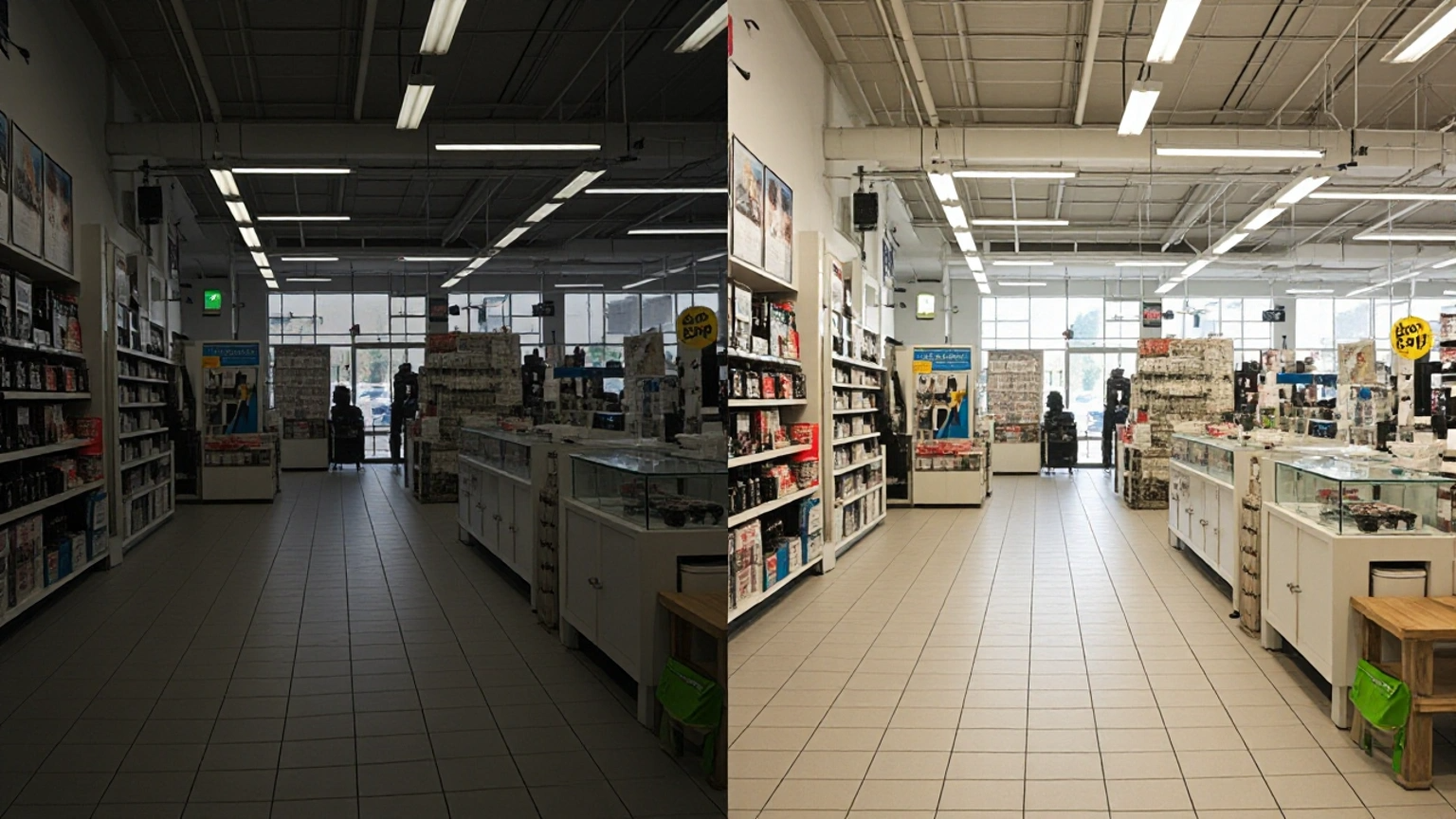
I recall a few years ago walking into a retail store in Dallas. The garments were new, the display tables gleaming, but the lighting overhead was tiredish, kind of gray. The corners were lit by flickering fluorescent tubes and the bulbs cast a cold glow that managed to make everything appear even less appealing. What stood out to me was not only the way it looked, but that’s how they made their owner feel when they received utility bills every month. That was when I first started taking seriously how much lighting molds not just a space, but the long-term economics of running many stores.
Today, the conversation has shifted. These days, energy-efficient lighting is more than mere a buzzword for sustainability. It's a proven tactic that retailers with lots of locations are using to save energy, reduce energy costs and deliver an improved customer experience. And the reality is, achieving efficiency over multiple sites isn’t as complicated as you might think. It requires planning, the right lighting solutions and a dogged dedication to consistency.
The Dollar-Saving Benefits of Smart Lighting
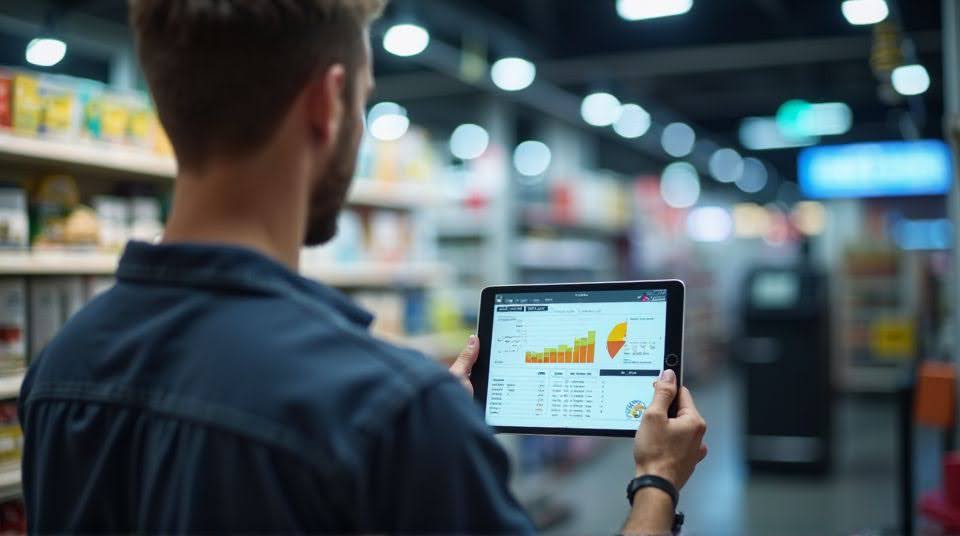
If you run more than one location, energy consumption becomes a serious line item. Between them, a single store may not stun you, but multiply the dated fixtures across ten or twenty properties and the energy costs rack up quickly. The U.S. Department of Energy states that the switch to LED lighting can achieve up to 70% energy savings when compared with traditional lighting solutions. I have seen this firsthand. I remember a customer who was in retail manufacturing, and they converted all of their warehouse and the space overheads in the retail to LEDs. By the end of their first year, they had measurable cost savings not just for less energy used but also less maintenance because LEDs last longer than incandescent bulbs or fluorescent tubes.
Brand impact aside, cost is a concern as well. When shoppers are in a well-lit store, they know it. Workers also perform more efficiently in natural consistency of light. And sustainability? Well, it’s no longer something that’s just nice to have, it’s something that customers actually care about.
Standardizing Lighting Across Multiple Storefronts
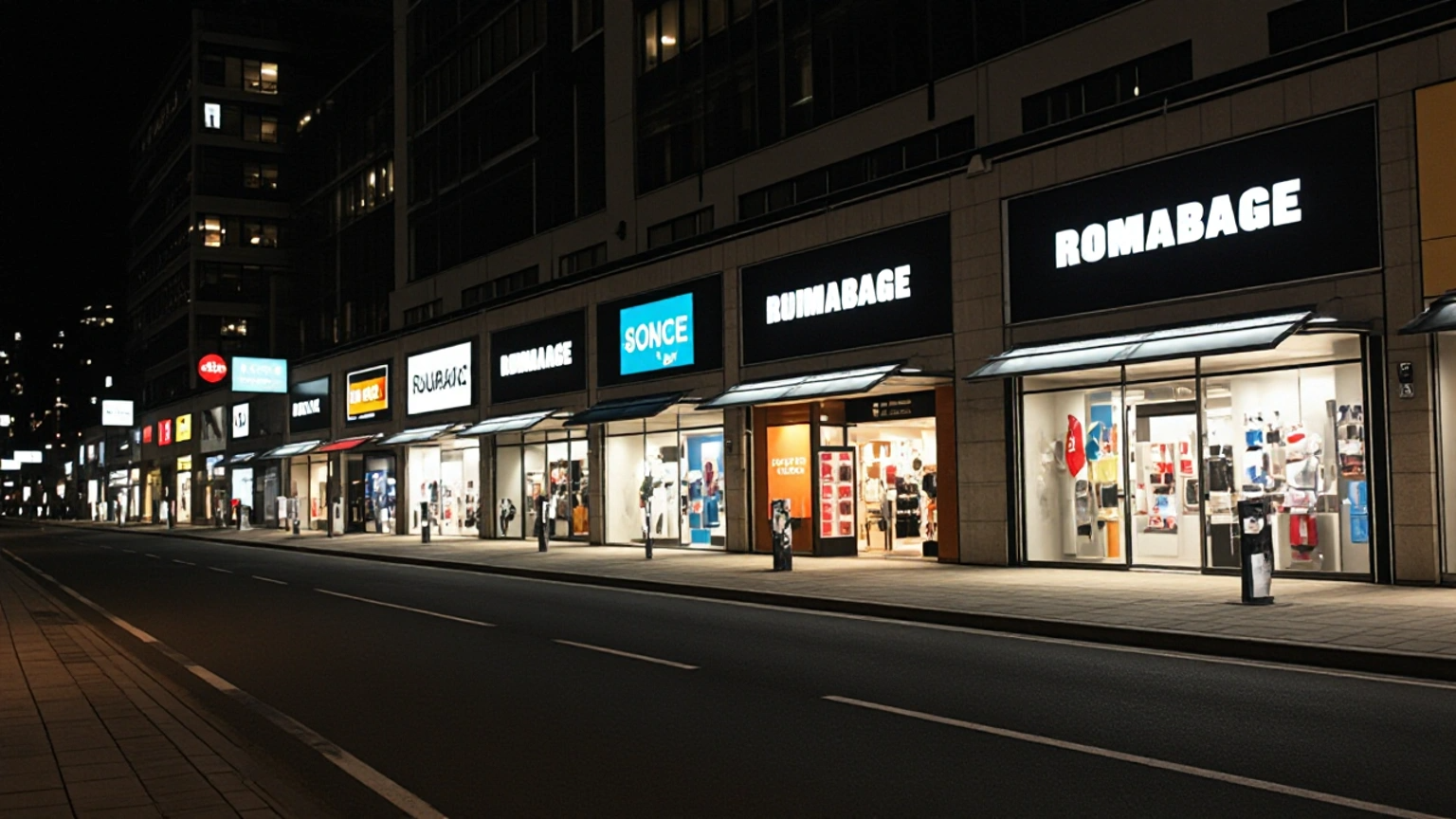
It’s hard to consistently apply that stuff across a variety of floor plans and local constraints. One retailer informed me that when you entered their stores it was like entering three different businesses because each store had a different lighting design. And that kind of inconsistency can erode brand identification.
The answer is to create an overall lighting plan that translates from location to location. It begins with a lighting audit. You look at any existing fixtures, point out where bulbs are wasting energy and indicate where lighting controls like dimmers or motion sensors could be used. From there you set the scale for what your lights can achieve. This allows it to reproduce the same retail environments from Boston to Los Angeles, giving customers a knowable feel wherever they are.
Choosing the Right Technology
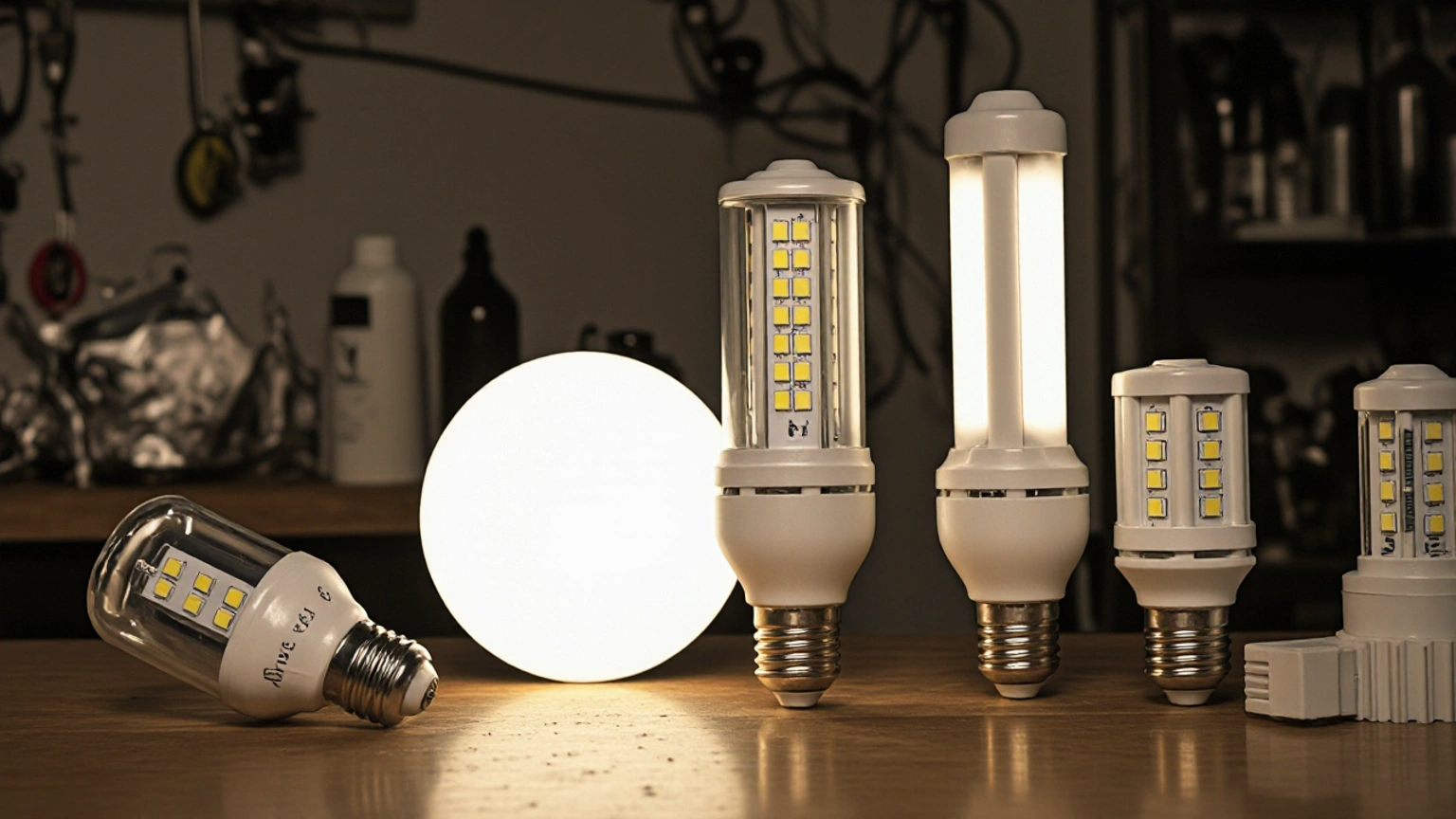
Technology options today are far superior to those available just five years ago. LED lights are certainly king of the hill right now, and for good cause. They are more energy efficient, deliver better light output and last longer than fluorescent or incandescent lamps. By combining LED lights with intelligent lighting controls, like automatically dimming or daylight harvesting, efficiency can be further maximized. According to the Federal Energy Management Program (FEMP, Energy.gov), specifying energy-efficient luminaires and integrating lighting controls like dimming, occupancy sensors, or daylight harvesting can significantly cut operational energy consumption in commercial settings.
I once entered a shop with skylights, and all the overheads were burning at full power. It felt wasteful. With lights connected to natural light, that same shop could have dimmed those fixtures, and saved power, maintaining the environment but saving energy.
Here’s the thing: Every lighting solution is a part of a bigger picture, a larger whole that we might broadly label as a lighting system. And the strength of said system is only as strong or weak as technology you use to fill it.
What role can there be for parking lot lighting installation in saving energy?
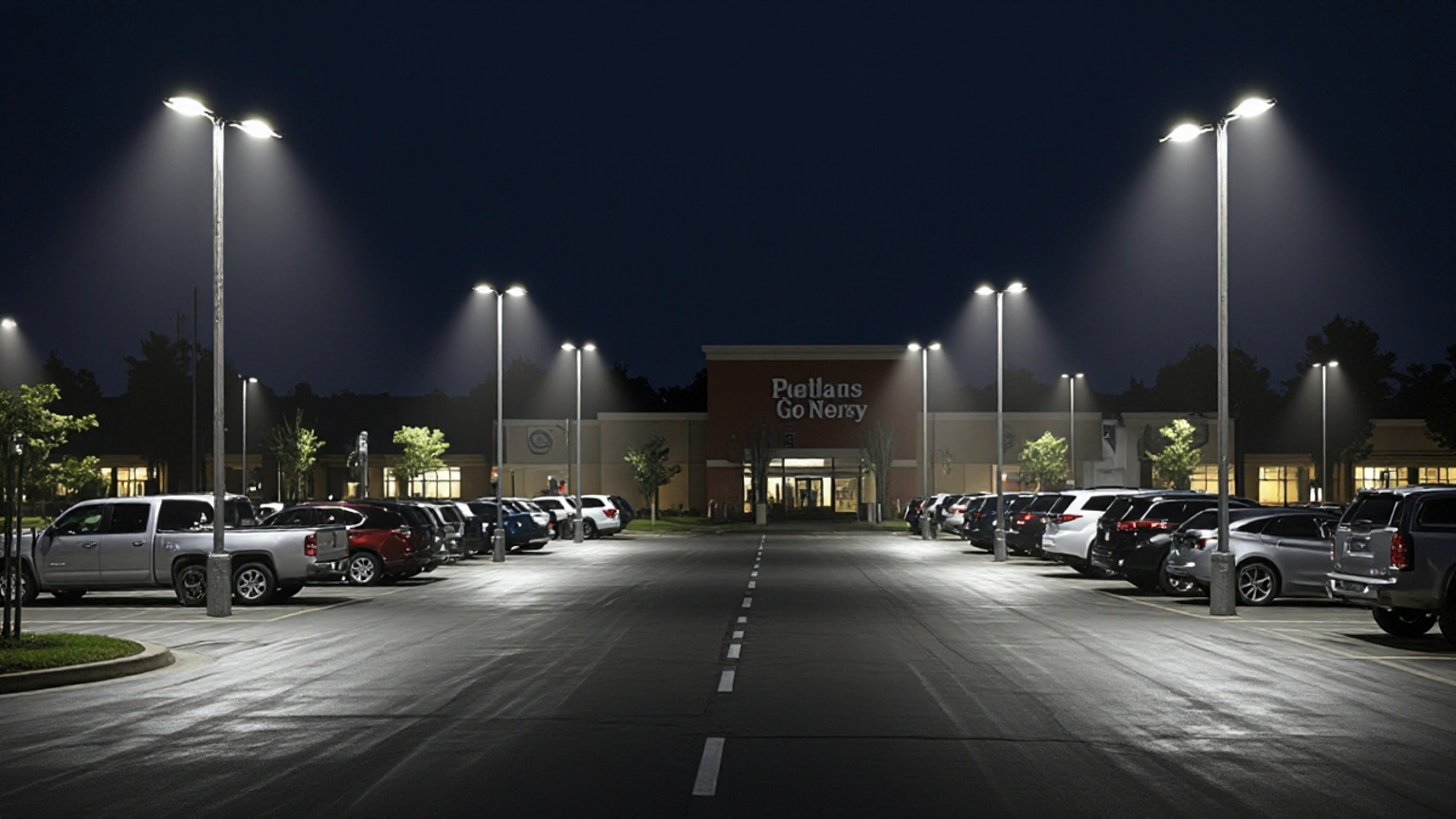
We mustn’t forget about what happens outside. For a lot of retailers the first opportunity occurs not in the store, but in the parking lot. This is where parking lot lighting installation is a factor. Bright, secured exteriors provide customer peace of mind, reduce causing security concerns and allowing for extended shopping hours. But older fixtures in parking lots tend to rely on fluorescent or high-pressure sodium lamps that guzzle electricity.
Newer LEDs designed for the outdoors can change that. They use much less energy, need fewer replacements and can be used with motion sensors that dim them during periods of low traffic. I remember a shopping-center manager who was not sure about making the change. It took only a couple of months after the retrofit was complete before he noticed a reduction in energy costs, as well as fewer complaints from customers about dark areas of the lot. But sometimes the nontangible ones, greater visibility, say, matter as much as the monetary outcomes.
The updated ANSI/ASHRAE/IES Standard 90.1-2022 explicitly expands its scope to include exterior lighting applications not connected to building electrical service, such as parking lots and walkways, and mandates enhanced control requirements, which supports the idea that parking lot lighting installation with modern LEDs and controls not only improves safety but meets emerging code compliance.
The Effect of Lighting on People and Performance
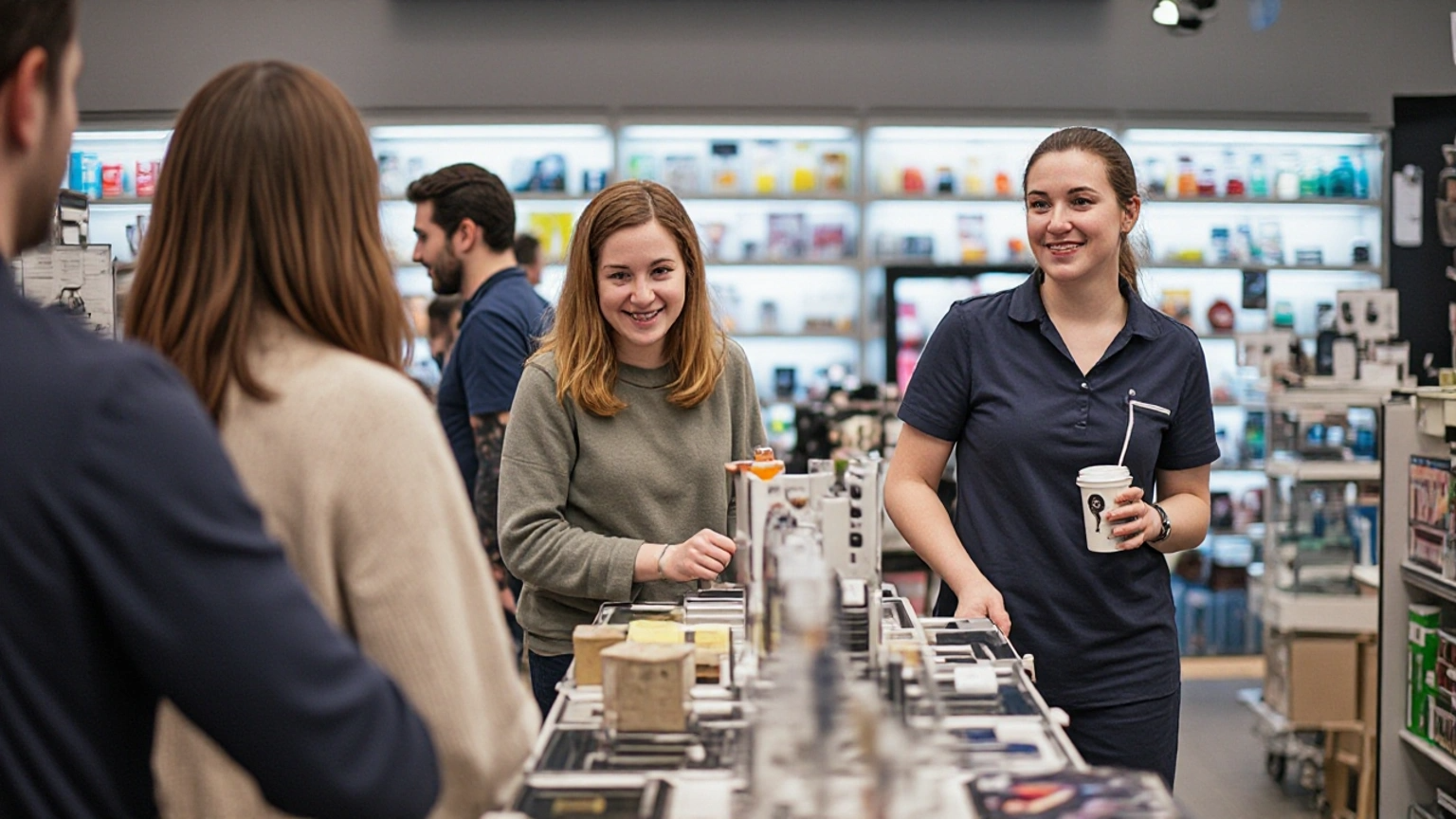
We may not always appreciate how heavily behavior is shaped by lighting. People will browse for longer in spaces that feel bright but not glarey. They pay attention to work much more under uniform light intensity. One chain of grocery stores, like Tesco, moved from fluorescent tubes to LEDs. Sales nudged higher by a couple of percentage points, which sounds small until you multiply it across dozens of stores. The positive aura generated by better retail lighting made stores feel brighter and more enticing, with the results in numerical terms.
Lighting influences perception. Too much of an irregular or poorly thought-out lighting plan can inadvertently tell people that a place is stale or abandoned. In contrast, well thought out lighting design reveals care, quality and attention to detail.
Monitoring and Analytics at Scale across Multiple Sites
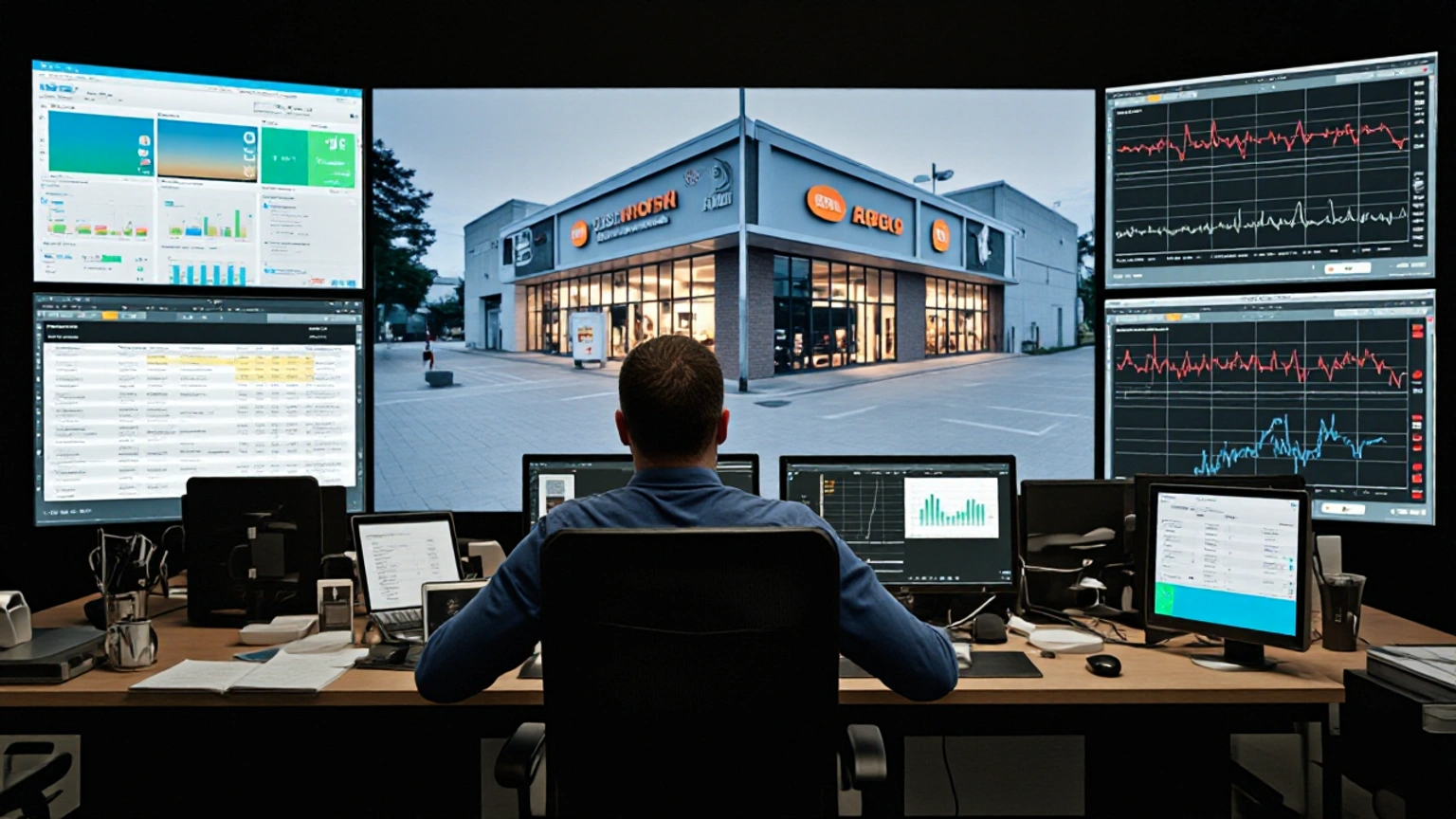
Choose the right fixtures is just step one. Performance-tracking is why the investment works. Multi-location stores enjoy central dashboards that track energy usage across all locations. Compare stores to uncover outliers, in order to better plan staffing and catch problems before they cost too much. Big names like Walmart and Target have already demonstrated how much of an asset centralizing energy can be.
This is also how sustainability reporting gets easier as well. Being able to demonstrate tangible energy savings is not only good business, it’s good storytelling. Transparency is something that can be felt by your customers, employees and stakeholder.
Incentives, Rebates, and Compliance
Another argument for investing is that in many places there are monetary incentives. LED lighting conversions or smart lighting upgrades are partially reimbursed by utility companies. Websites such as DSIRE help in locating rebates applicable to particular areas. It doesn’t hurt either, that when you begin with efficient lighting solutions it’s easier to remain compliant to energy codes like ASHRAE 90.1. It's one of those rare cases shaping up where the right thing pays for itself, twice, in incentive costs (agreed to at arm’s length) and with lower energy bills.
Planning the Rollout
I’d suggest a step-by-step approach typically. Begin with one or two pilot stores, perfect the process and then scale. This head fake avoids surprises and provides management with real numbers to gain confidence. Make a list: audit, target bulbs and fixtures, install, test lighting controls and watch over. This is why working with skilled installers will provide uniform installations every time.
And yes, mistakes happen. One store I consulted with switched to new LEDs, but forgot to reprogram dimmers. Stores wound up being too bright or too dim and defeating the purpose. Testing at every phase matters.
The Future of Retail Lighting: What’s Next?
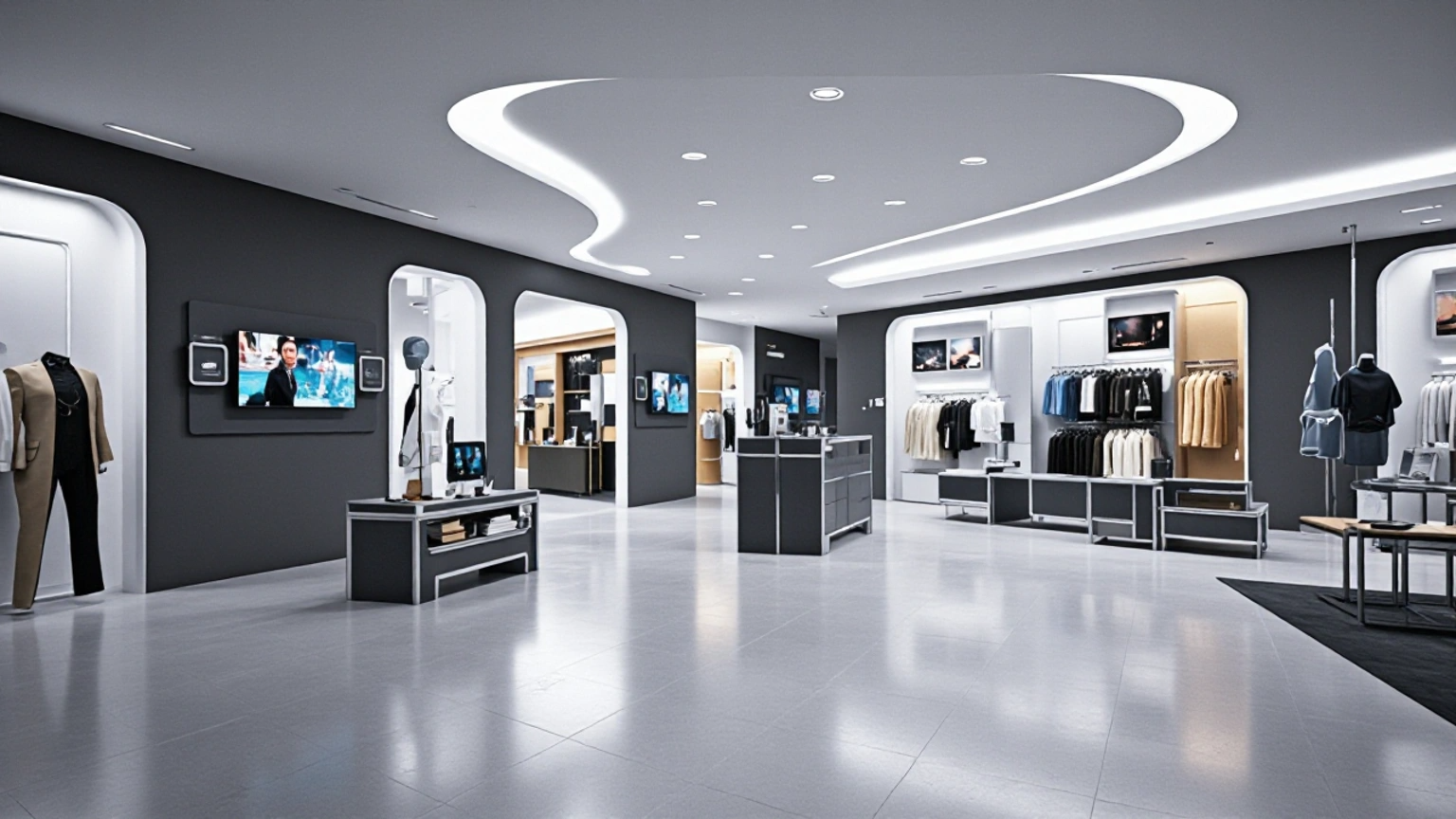
The future isn’t just brighter, it’s smarter. AI-based smart lighting that adapts intelligently, circadian rhythm support which is adapting store-based environments to natural lighting and IoT (IoT integration) all have the power to transform the future forward of your future lighting solution. These innovations will enable retailers to continue to enhance how they use energy and meet customer needs.
The direction is clear. In an age of rapidly advancing technology, the demand for sustainability and good lighting design will only grow in importance.
Conclusion
Ultimately, however, the path to consistent, energy-efficient lighting across chain stores is about more than just reducing utility bills. It’s really about how you create a clear customer brand-experience so that when people come to one of your sites, they know it’s yours, making site visits safer than what might be available on the high street and inviting places putting trust in the customer that are signing up with you. From inside bulbs to outside parking lot lighting installation, every investment factors into the equation not only of what is spent but also of how your business looks.
I reflect on those dim years of my past, and I go back to that dingy store. Today’s retailers now have the capabilities, technology and expertise to transform lighting from liability into a competitive weapon. And for those willing to go there, the payoff is more radiant than ever.







